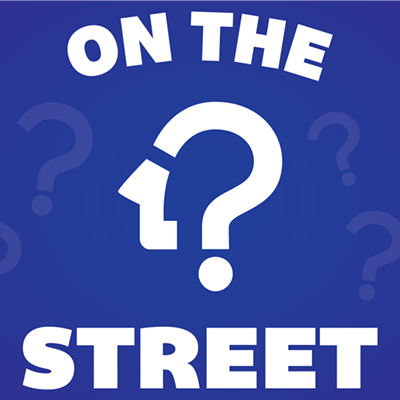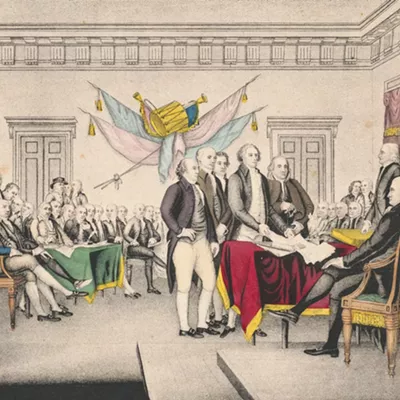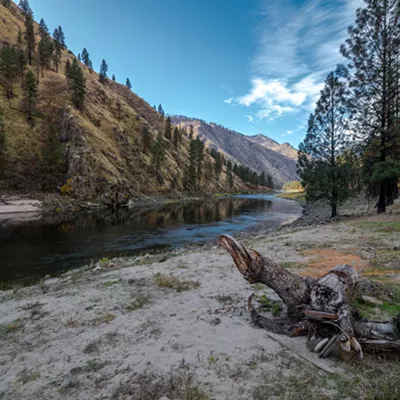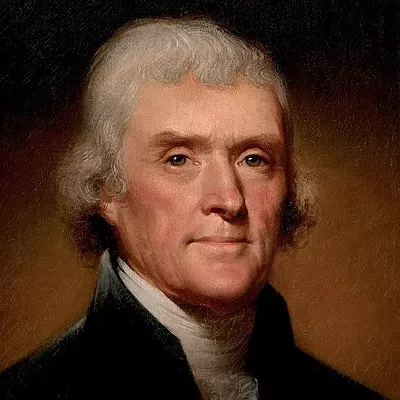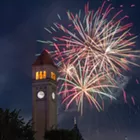The first two canoes were finished and launched on Oct. 5. It would have been helpful if the carpenters could have tested the balance of the log by floating it in the Clearwater River before they began the work of shaping it, but that does not seem to have been the case. Luck, however, favored the Corps and Clark approved the finished products, in spite of the fact that "one proved a little leakey."
With the canoes coming along, it was time to make provisions for the expedition horses. Lewis and Clark planned to retrace their steps back to St. Louis from the Pacific Ocean in the spring of 1806, so they would need horses again for the eastward journey across the Lolo Trail. On the same day as the first canoes were completed, they began collecting the 38 horses belonging to the Corps of Discovery. For purposes of future identification each animal had its mane cropped before it received a brand on the near fore shoulder: "U.S. Capt. M. Lewis." (The branding iron was found near The Dalles, Ore., in the early 1890s and today is a proud possession of the Oregon Historical Society in Portland.) With those tasks completed, Clark delivered the horses to two brothers and one son of Chief Twisted Hair and "to each of those men I gave a Knife & amp; Some Small articles & amp;c." Clark received their promise "to be attentive to our horses untill we Should return."
With the canoes and the horses provided for, the evening of Oct. 5 should have given the captains of the expedition a feeling of satisfaction. Unfortunately, it was not so. "Nothing to eate except dried fish & amp; roots," moaned Clark, inasmuch as of late "our hunters with every diligence Could kill nothing." As a result, "Capt. Lewis & amp; myself eate a Supper of roots boiled, which Swelled us in Such a manner that we were Scercely able to breath for Several hours." They would have, naturally, preferred venison, but "the hills high and ruged and woods too dry to hunt the deer which is the only game in our neighbourhood." Several days earlier, when the hunters returned with just a small coyote, the enlisted men butchered a horse "and we eat the meat as earnest as though it had been the best meat in the world" proclaimed Sgt. John Ordway. On another evening, Ordway reports that some of the party purchased a fat dog for supper. In future months, it has been estimated, the expedition would purchase about 250 dogs for food.
During all of these work assignments, the Nez Perce tribesmen proved to be excellent partners with the Corps of Discovery. Lewis and Clark referred to them as Chopunnish, which they understood to be the tribal word for "Pierced Noses." Later, French-Canadian fur traders translated the "Pierced Noses" into Nez Perce. The villages of the nation -- probably the most numerous and powerful of all Pacific Northwest tribes at this time -- followed a seasonal cycle in their search across the present-day Washington, Oregon and Idaho for roots, wild vegetables, berries, salmon and big game. Except for the single instance when Clark "displeased an Indian by refuseing to let him have a pice of Tobacco," relations between the two cultures were cordial.
Clark anticipated that the remaining three canoes would be completed soon. Next on the agenda would be to bury the packsaddles, plus whatever supplies were being left behind. Then there was the delicate matter of asking for Nez Perce guides. On Sept. 21, Clark made his first inquiries about the route to the west -- and an Indian told him about a "falls below which the white men lived from whome they got white beeds cloth & amp;c. & amp;c." That information had simmered within Clark ever since. He greatly desired to have a Nez Perce show him the way.
Next week: The Corps of Discovery is on the move again as they paddle down the Clearwater River to its confluence with the Snake River, entering Washington state.
Robert Carriker has directed eight National Endowment for the Humanities seminars on the Lewis and Clark expedition and is author of Ocean in View! O! the Joy. When he's not out retracing the steps of the Corps of Discovery, he teaches history at Gonzaga University.



